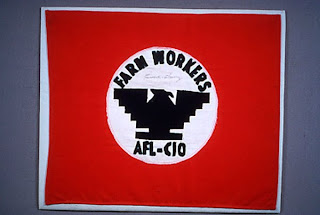Stanford’s Sensible Story - Arch 050

Geographically, Stanford University is a very interesting place. It is adjacent to the urban landscape as well as the suburban landscape. It is a place where one can get the best of both worlds; One can have a shopping spree in the hard-lined streets surrounded by modern convenience stores, yet one can also have a bicycle ride in foliage-filled landscapes surrounded by history. One may then ask, how does one consciously or subconsciously pick up on this sense of well balanced duality? Well, one gets it quite literally in the most superficial form, through the senses: seeing, hearing, smelling, and touching (hopefully not by tasting) the materials that the surround us. Essentially, it is the materials of choice by each building that give us this sense of history; The Y2E2 Building is one of those buildings does just that. Some of these historically relevant choice materials include: the sun, trees, pavers, stone facing, and terra-cotta roofing.

The architect/s who designed the Y2E2 building incorporated the sun as part of a major design feature with the intention a future sustainable history. On the other hand, and although not tangible, the sun is our oldest historical material used on the project. Modern methods of construction are used to feature the sun. This might sound like a remote reference in history, but obviously, it was very important to the architect/s who designed the building that it needed to be pointed out. There are multiple atria throughout the building made of glass and metal. This allows natural light all year, warm light in the winter, and cool in the summer via louvers that allow heat to escape from above and cool air to draw in from below. Now, to bring it back to a more contextual format in history, the tangible materials, like the trees, used around the Y2E2 building are features that make it so historically conscious.

In the surrounding landscape, plant material is often overlooked when observing a building, but without it we would be living on unsightly dirt lots or on uncomfortable grids of concrete. Plant material softens our visual sense of texture, adds relaxation in the form of shade, and gives us a comforting connection to our past in nature. The trees that were chosen on this project are those they decided to not demolish. There are beautiful existing oak trees wonderfully featured by surrounding concrete bench walls. The bench walls help preserve the natural grade of the trees while the surrounding patio is graded lower. New oak trees are planted on grass mounds in honor of the native plant life of this region. The mounds were probably created by reusing the excavated native soil as well. Aside from the natural occurring materials like the sun and plants, materials used to make the original buildings on the site are used to tie into the history of the place.

Cobble stone pavers used to be the common way to pave roads, walks, and court yards as seen in the main quad adjacent to the Memorial Church. Modern pavers, however, were used in the courtyard of the Y2E2 building; It is a better choice, historically speaking, than a commonly used concrete slab. The sandstone used on the walls of the Y2E2 building is a material used in association with the historical Memorial Church. Although the sandstone does not come from the same source, they are very similar in that they share features of similar color and fossil texture. And finally the terra-cotta used on the mansard roofing ties into the mission style of the old buildings. The extended metal roofing is obviously modern. However, the paint color does honor that sense of history as it matches the terra-cotta color.
As previously mentioned, our four senses (or five, if you will) tell us the story of Stanford University; the materials are where the inert sensibility of its history lives. It lives in the sun, the plant material, the pavers, and the terra-cotta roofing. The Y2E2 building stays faithful to that tradition and does it consciously and beautifully. So whether one is coming to the campus via the rolling hills of the 280 or via the urban flats of the 101, one thing is certain, there is an exemplary existence that can be seen of how life can be when we merge urban with suburban, history with future, old with new, and most importantly, nature with the manufactured.

Comments